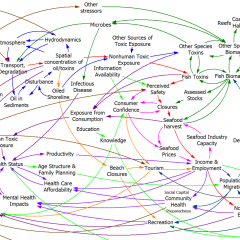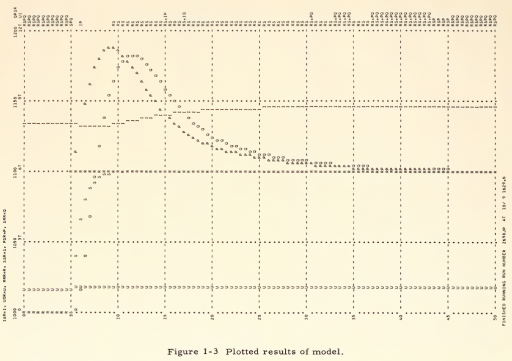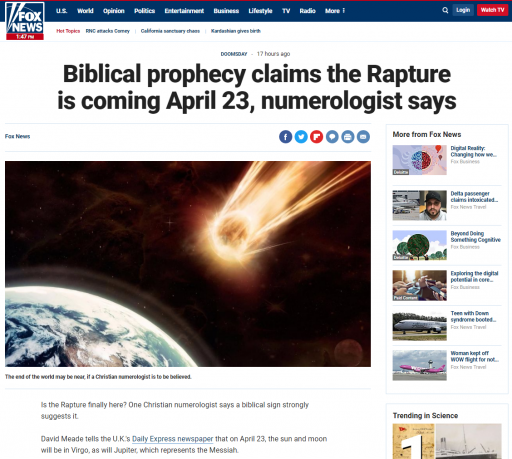Excel is rapidly becoming unusable as Microsoft tries to shift everyone into the OneDrive/Sharepoint cloud. Here’s a very simple equation from a population model:
='https://ventanasystems-my.sharepoint.com/personal/vrbo_onmicrosoft_com/Documents/_Mkt/lxpgi/Model/Model/[Cohort Model Natural Increase.xlsx]Boston'!S135+'https://ventanasystems-my.sharepoint.com/personal/vrbo_onmicrosoft_com/Documents/_Mkt/lxpgi/Model/Model/[Cohort Model Immigration.xlsx]Boston'!S119+('https://ventanasystems-my.sharepoint.com/personal/vrbo_onmicrosoft_com/Documents/_Mkt/lxpgi/Model/Model/[Cohort Model NPR.xlsx]Boston'!S119-'https://ventanasystems-my.sharepoint.com/personal/vrbo_onmicrosoft_com/Documents/_Mkt/lxpgi/Model/Model/[Cohort Model.xlsx]Boston'!R119
URLs as equation terms? What were they thinking? This is an interface choice that makes things easy for programmers, and impossible for users.




